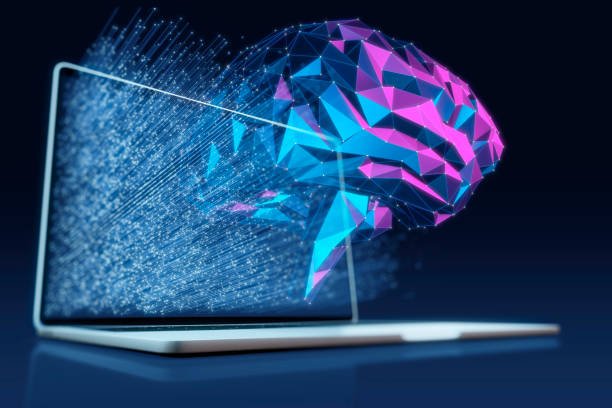Revolutionizing eLearning With Generative Artificial Intelligence: 6 Supportive Innovative Tools

Generative Artificial Intelligence – Creative AI tools can generate content or media from certain prompts. This ability to create text, images, audio or video has opened up many possibilities.
It is natural that the eLearning industry, which thrives on innovation and creativity involving text, images, audio and video, should be revolutionized by such AI tools. Let’s see how AI tools like ChatGPT can impact the eLearning industry.
Read: Age of Generative AI: Digital, Technical And Soft Skills Required For Success
Generative Artificial Intelligence : Where innovative AI tools can support e-learning
1. Content creation
Content creation is significant to the eLearning Industry and how it operates. Innovative AI can be used to create high-quality learning content. This is more than just creating raw content. AI tools can be used to create scenarios, conversations, game concepts, quizzes, references, and more. The possibilities are virtually limitless. AI can significantly reduce the time it takes subject matter experts and instructional designers to create content.
In addition to text content, AI tools can be used to create characters, images, and illustrations to support text content. AI tools are great alternatives to expensive media libraries one can find. They can produce accurate images and are not limited by the availability of stock images. Another important area where AI can be extremely useful is sound generation. With AI-powered text-to-speech engines that adapt quickly to human speech, creating and updating audio is done in just a few clicks.
AI tools can also be very effective in creating animations and videos from prompts allowing for rapid development of the final result. Simple mascot/avatar driven courses can be done very easily.
2. Personalization
As learning experiences gain more and more attention, personalized learning is increasingly gaining a foothold in the eLearning landscape. AI can play an important role in delivering personalized content to each learner. It can be used to collect and analyze data about learner behavior, interests, and performance. AI tools can create personalized learning journeys based on data and recommend content based on each learner’s needs and learning style. This approach improves learner engagement because learners receive content closely tailored to their interests and abilities.
3. Learn a language
Innovative AI tools can make language learning easier by providing intelligent language tutors. Learners can practice conversing with AI-powered chatbots, engaging in realistic and contextual language interactions. These language tutors can provide immediate feedback and corrections, allowing learners to improve their language skills in a more dynamic and interactive environment.
4. Automatically grade and evaluate
The process of grading and evaluating learners is an important but time-consuming process. AI tools can mechanize evaluation and evaluating within the frame of multiple-choice questions, brief answers, and indeed expositions. AI tools can be used to analyze learner responses and provide constructive feedback.
5. Learning analytics
Learning analytics is becoming increasingly popular in helping teachers and L&D managers understand learner behavior. AI tools can be used to analyze large amounts of learner data and generate useful insights for educators and institutions. It can identify patterns in learner behavior, predict dropout likelihood, and suggest strategies to improve overall learning outcomes. General AI-powered learning analytics can help optimize course structure, identify knowledge gaps, and refine content to better meet learner needs.
6. Virtual mentoring and tutoring
With innovative conversational AI, the possibility of having a virtual mentor or tutor 24/7 will become a reality. These virtual mentors can guide learners through different aspects of the content. Although Generative AI has great potential for the growth of eLearning, let us not forget that this is a fairly new development and has its own limitations.
Conclusion
All AI tools depend on the data fed to them. AI tools can be biased based on the data used to train the tool. Therefore, these tools are likely to produce wrong answers and learners will be negatively affected. AI-generated content is still in its infancy to be completely trustworthy as a source of knowledge. It requires someone with experience handling it to be able to create quality content. AI-generated sounds and media can also become monotonous and lack human imagination.
Innovative AI has opened up a new horizon for the eLearning industry. Strategic use of AI can take eLearning to an unprecedented level of efficiency and effectiveness.







